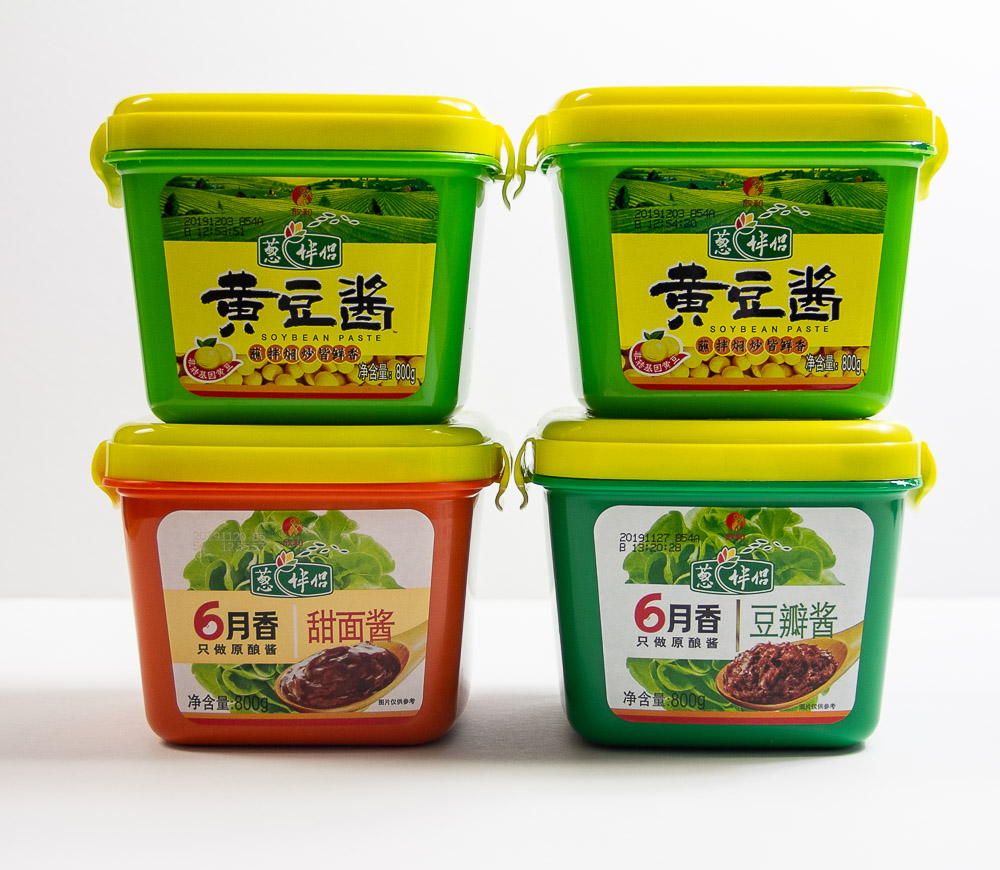

It can taste pungent depending on your taste bud. Do you see the difference? Is doenjang very pungent? Whereas in miso, microorganisms are added to produce fermentation. Doenjang is a fermented bean paste, meaning natural probiotics are produced by the paste itself. You need Korean doenjang to make doenjang stew just like you need miso to make miso soup!! Doenjang and miso are both made with soybeans and both are great source of probiotics. They look, taste, smell and feel different from miso. Is doenjang different from miso?ĭoenjang is much different from miso. The base stock can also affect the flavor since you can have a beef stock, pork stock, anchovy stock, or vegetable stock.

Adding gochujang, gochugaru or sliced Korean peppers will also create different flavoring. Some prefer more meat than others, while some prefer more vegetables added into the stew. The variation will continue first due to the doengjang paste flavor itself and what you add into the stew. (Homemade versions are more pungent than the store-bought ones fyi.) Every Korean household makes their stew differently. Not all Doengjang Jjigae are alike, just like every doeng jang is different.
Soybean paste how to#
I will show you how to bring out the deep flavors of Korean doenjang using a combination of rich dashi stock and fresh veggies! Try this simple home comfort recipe today! Doeng jang jjigae has flavor variations Serve it with a bowl of hot rice.This Korean soybean paste stew is a perfect option for any day you are craving something comforting and homey. Sprinkle on some green onion (if using) and sesame seeds. Once it’s nice and hot, add some oil along with the sliced onion. In the meantime, take out a cast-iron pan and heat it over medium heat. Add the pork and cook until golden brown.Ħ. Add a splash of oil into a pan and wipe off the excess. Thinly slice the green onion (if using).ĥ. Cover and let it marinate in the fridge for about 30 minutes.ģ.

Cut it into bite-sized pieces. Put them into the mixing bowl and gently massage. Give it a few slashes on both sides of the pork. In a mixing bowl, mix together Korean soybean paste, soy sauce, oyster sauce, sugar, mirin, garlic, corn syrup, sesame oil, and black pepper to taste.Ģ.
generous pinch of toasted sesame seeds, to garnishġ. 1.1 lb (500g) thinly sliced pork belly (or pork shoulder, loin). Once it’s back up to a boil, serve with a bowl of hot rice. Garnish with tofu, green onions, and chili peppers (if using). Optionally, add Korean beef stock powder (1/2 tbsp).Ĥ. Taste and add more doenjang if necessary. Add all the ingredients (except the tofu) and let it continue to boil for about 7 to 10 minutes. This Korean ingredient has a complexly earthy and salty flavor with a rich umami profile unique. The word ‘doenjang’ () derives from ‘doen’ () meaning ‘thick or hard’ and ‘jang’ () meaning ‘paste.’. Bring it to a boil over medium-high heat for about 10 minutes.ģ. Doenjang, otherwise known as soybean paste, is a Korean fermented ingredient used in much of the cultural cuisine. Give it a good stir until you can’t see any big chunk of soybean paste. In a pot, add 4 cups (960ml) of water, radish, beef, Korean soybean paste, Korean chili pepper flakes, and minced garlic. Cut the radish, zucchini, onion, mushrooms, and tofu into bite-sized pieces.Ģ. Thinly slice the green onions and chili peppers (if using). 1/2 tbsp Korean beef stock powder (dasida)ġ. 5 oz (150g) medium-firm tofu (or firm tofu). 2 shiitake mushrooms (or oyster, enoki, button mushrooms). 3.5 oz (100g) Korean radish (or daikon radish). Garnish with pork, green onion, mung bean sprouts, and soft-boiled egg. Cook for 4 minutes or until the noodles are cooked through.Ħ. Once it starts to boil, add the onion, garlic, ramyun noodles, and Korean chili pepper flakes (if using). Be careful not to burn! Add 2.5 cups (600ml) of water, and ramyun packets to taste (1/2 to 2/3). Reduce the heat to low and add Korean soybean paste (1 tbsp) and cook until fragrant. Once they’re cooked through, remove them from the pot and set aside.Ĥ. Once the pan is heated, add the pork belly. Thinly slice the onion and green onion.ģ. Bring a pot of water to a boil and make soft (or hard)- boiled eggs.Ģ. 1/2 tbsp Korean chili pepper flakes (optional)ġ. Add the ground sesame seeds (1/2 tbsp) and sesame oil (1 tbsp). To the mixing bowl, add the chili peppers and gently toss together.Ĥ. In a mixing bowl, mix together Korean soybean paste, Korean chili pepper flakes, garlic, and corn syrup.ģ. Cut the chili peppers into bite-sized pieces.Ģ. 1 tbsp Korean chili pepper flakes (gochugaru)ġ. 2.5 tbsp Korean soybean paste (doenjang). 7 oz (200g) mild chili peppers (or bell pepper, cucumber). Alright, are you guys ready? Let’s get started! Today, I will show you 4 amazing recipes with this lovely doenjang. If this is you, you came to the right place. But sadly, it’s been used only once or twice, and you never looked back. Let me guess! You bought this Doenjang (Korean Soybean Paste) to make something delicious.







 0 kommentar(er)
0 kommentar(er)
